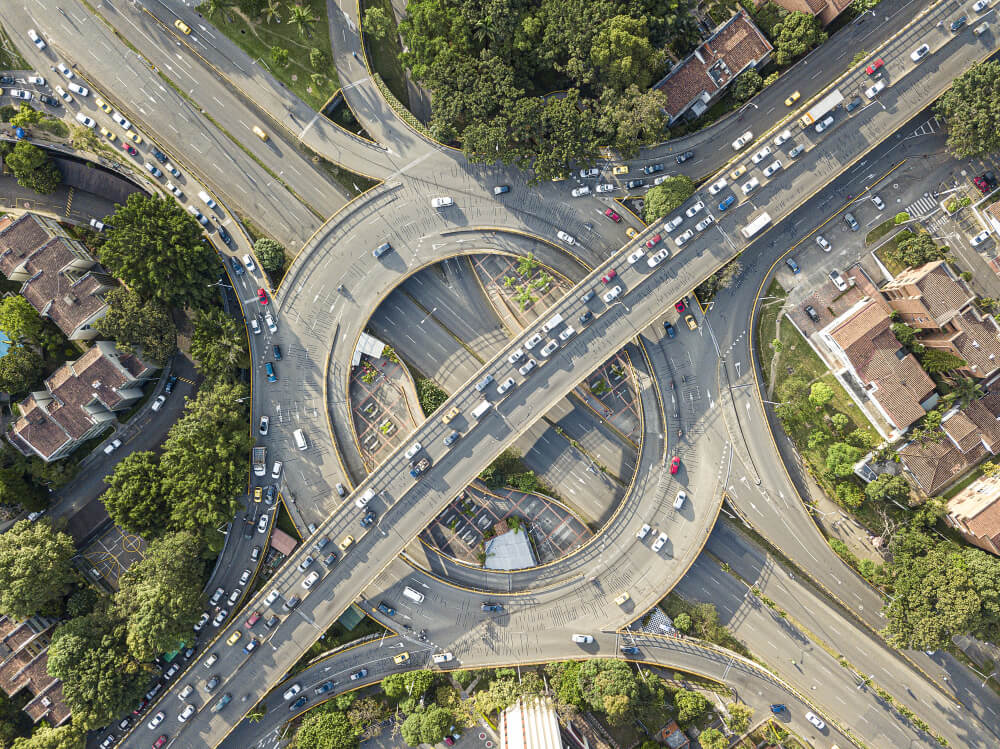Intersections are some of the most congested and accident-prone areas on the road. As urban populations grow and traffic volumes increase, managing intersections efficiently and safely has become a critical challenge for city planners and transportation authorities. Advanced technology is stepping in to transform how intersections are managed, optimizing traffic flow, reducing congestion, and improving safety for drivers, pedestrians, and cyclists alike.
This article explores how cutting-edge technologies like smart traffic signals, AI-powered systems, and connected infrastructure are revolutionizing intersection management and paving the way for smarter, safer cities.
Smart Traffic Signals: The Brain of Modern Intersections
1. Adaptive Signal Control Systems
Traditional traffic signals operate on fixed timers, leading to inefficiencies during fluctuating traffic patterns. Smart traffic signals equipped with adaptive control systems use real-time data from sensors and cameras to adjust signal timings dynamically. This reduces unnecessary delays, shortens travel times, and prevents gridlock at busy intersections.
2. Pedestrian and Cyclist Detection
Modern intersections incorporate pedestrian and cyclist detection systems to ensure their safety. These systems use infrared sensors, cameras, or radar to identify pedestrians waiting to cross or cyclists approaching the intersection. This information allows signals to allocate crossing times appropriately, reducing accidents and improving mobility for all road users.
AI-Powered Traffic Management Systems
3. Machine Learning for Predictive Analysis
Artificial intelligence (AI) enables traffic management systems to analyze historical and real-time traffic data. Machine learning algorithms predict traffic patterns and identify potential congestion points before they occur. These insights allow city planners to proactively implement solutions, such as rerouting traffic or deploying additional resources during peak hours.
4. Incident Detection and Response
AI-powered cameras and sensors monitor intersections for accidents or road obstructions. When an incident is detected, the system can immediately alert authorities and adjust traffic signals to divert vehicles, minimizing disruptions and ensuring faster emergency response times.
Connected Vehicles and V2X Communication
5. Vehicle-to-Everything (V2X) Technology
Connected vehicles equipped with V2X technology can communicate with traffic infrastructure, other vehicles, and pedestrians. At intersections, V2X-enabled cars receive information about signal timings, potential hazards, and pedestrian crossings, enhancing situational awareness and reducing collisions.
6. Prioritizing Emergency and Public Transport Vehicles
Connected intersections prioritize emergency vehicles, such as ambulances and fire trucks, by creating “green corridors.” Public transport vehicles, like buses and trams, can also benefit from signal priority, improving service reliability and encouraging sustainable transportation.
IoT and Data-Driven Solutions
7. Internet of Things (IoT) for Real-Time Monitoring
IoT devices, such as sensors and cameras, collect vast amounts of data from intersections. This data is transmitted to centralized traffic management systems, enabling real-time monitoring and decision-making. IoT integration improves response times to issues like traffic jams, malfunctioning signals, or pedestrian safety concerns.
8. Traffic Data Analytics for Urban Planning
The data collected from smart intersections provides valuable insights into traffic flow, vehicle density, and accident trends. Urban planners use this information to design better roadways, optimize signal placement, and improve overall infrastructure efficiency.
Improving Safety at Intersections
9. Reducing Red-Light Violations
Red-light running is a leading cause of intersection accidents. Advanced enforcement cameras equipped with AI can detect vehicles running red lights and automatically issue penalties. This technology not only enforces traffic laws but also deters reckless driving behaviors.
10. Pedestrian Safety Enhancements
To protect pedestrians, advanced intersections include countdown timers, audio signals for visually impaired individuals, and smart crosswalks that light up when someone is crossing. These features create safer environments for all road users.
The Role of Autonomous Vehicles
11. Coordinating Autonomous Vehicle Movement
As autonomous vehicles become more prevalent, smart intersections will play a critical role in coordinating their movement. Intersections equipped with V2X technology and AI can seamlessly manage autonomous and human-driven vehicles, reducing delays and improving overall traffic flow.

Challenges and the Road Ahead
12. Implementation Costs and Infrastructure Upgrades
While advanced technologies offer significant benefits, upgrading existing intersections requires substantial investment. Governments and private sectors must collaborate to fund these initiatives, ensuring equitable access across urban and rural areas.
13. Cybersecurity and Data Privacy
With the increased reliance on connected systems, ensuring the security of data and infrastructure becomes paramount. Robust cybersecurity measures are necessary to protect against potential threats and maintain public trust.
Conclusion: Smarter Intersections for Safer Roads
Advanced technology is revolutionizing how intersections are managed, offering innovative solutions to age-old challenges. From smart traffic signals to AI-driven analytics, these advancements improve safety, reduce congestion, and enhance mobility for all road users. As cities continue to grow, the adoption of these technologies will play a crucial role in creating efficient, sustainable, and safer urban environments.


